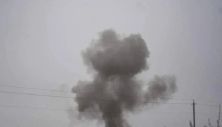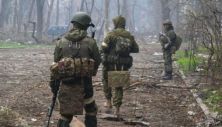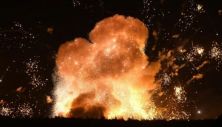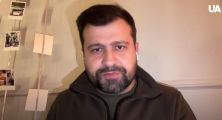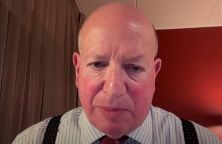Advisors have proposed several ideas to Donald Trump, who won the U.S. presidential election, regarding the resolution of the war in Ukraine. All of them involve either freezing the conflict or abandoning NATO and the funding of aid to Ukraine. Trump has not yet made a decision and has not approved any peace plan, with his former staff insisting that he will make the final decision independently.
This was reported by The Wall Street Journal.
Throughout his election campaign, Trump criticized Biden’s policy on Ukraine. He stated that he could quickly resolve the conflict by bringing both sides to the negotiating table, but did not specify how he would do this.
In fact, Trump has not approved a specific peace plan, according to allies, including how he would convince Russian President Vladimir Putin and Ukrainian President Volodymyr Zelensky to sit down and negotiate.
While advisors have offered their ideas, only Trump, after consulting with key aides, will decide how to pursue delicate and responsible diplomacy.
As in his first term, various factions will compete for influence over foreign policy. More traditionally inclined allies, such as Mike Pompeo, the former Secretary of State who is now vying for the role of Defense Secretary, will likely insist on a resolution that does not appear to give Moscow a major victory.
Other advisors, including Richard Grenell, the main candidate for Secretary of State or National Security Advisor, may prioritize Trump’s desire to end the war as quickly as possible, even if that means forcing Kyiv to make significant concessions.
All proposals diverge from Biden’s approach and unanimously recommend freezing the war at its current state — solidifying Russia’s control over about 20% of Ukraine’s territory — and forcing Ukraine to temporarily suspend its aspirations to join NATO.
One idea, presented within Trump’s transition office, is detailed by three people close to the president-elect. It suggests that Kyiv promise not to join NATO for at least 20 years. In exchange, the U.S. would continue to supply Ukraine with weapons to deter a future Russian attack.
According to this plan, the front line would essentially be frozen, and both sides would agree to a demilitarized zone along nearly 1,300 kilometers. Who would guard this territory remains unclear, but one advisor stated that peacekeeping forces would not include U.S. troops and would not be from an international organization funded by the U.S., such as the UN.
Earlier, Trump was presented with a plan to withhold weapons from Ukraine until Kyiv agrees to peace talks with Russia. Ukraine could still try to regain lost territory, but it would have to do so through diplomatic negotiations.
Which of these strategies Trump will pursue — fully, partially, or not at all — remains unclear.
It is noted that such plans will face strong opposition from some of the U.S. NATO allies, who view Russia’s aggression against Ukraine as a direct threat to their countries, and in Ukraine, where territorial concessions will be seen as capitulation to Moscow.
Read also: Zelenskyy: “Had an excellent phone conversation with Trump”


